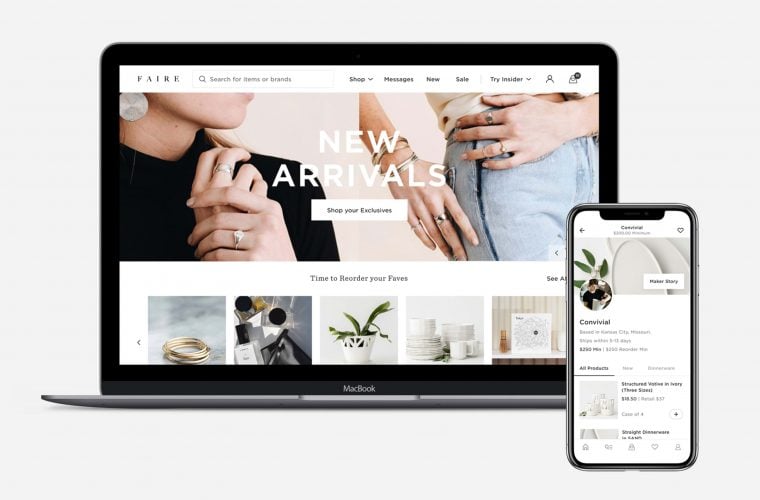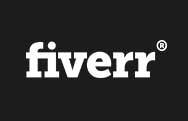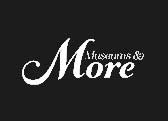
4 Tips For Designing Great Storefront Signage
For any shop, restaurant, café or other public-facing business, the signage above the door is the first point of contact between you and the potential customers passing by – and getting that signage just right can be the key to communicating what you do and getting them through the entrance.
So what makes the difference between a good or bad storefront sign? Let’s look at four tips and considerations to help you on your journey to getting the perfect signage for your business.
- Make it legible
It sounds obvious, and perhaps it should go without saying, but the absolute number one priority for any building sign is legibility (especially from a distance). Depending on your location, this might be extremely important – if your business is located next to a busy motorway or other busy road, your sign will ideally need to be read and understood by passing motorists in a matter of seconds.
This means that every element of your storefront sign will need to be appraised for visual clarity. Is your logo a little ambiguous and full of fiddly details? You might need to revisit it and rework the design.
Tactics for ensuring the legibility of your sign design might include:
- Your choice of typography – crowded, overly decorative or cursive fonts might be difficult to read from a distance.
- Colours and contrast – cream text on a white sign, for example, may prove near-impossible to read on a bright and sunny day. Pair darkly coloured backgrounds with lightly coloured text (or vice-versa) to ensure that all the important elements stand out.
- Not overusing capital letters; many inexperienced designers think that putting important text in ALL CAPS somehow renders it more striking or forceful, but multiple studies have shown that a normal mix of upper and lower-case characters (as in sentence case or title case) is actually more readable, as the differing heights of characters add more points of discernment for the eye to quickly understand. In other words, if your business is called Luigi’s Pizza, don’t be tempted to put “LUIGI’S PIZZA” over the door.
- Spacing – too many elements squashed in together might be hard to decipher. Try to make sure each part of the design (logo, text, imagery, etc) has some breathing room.
- Make it clear what you do
Well-established brands that have become famously associated with a particular product or industry can get away with minimal messaging on their signage.
Of course, whilst a visitor from another planet might struggle to imagine what they might be able to get at “Chanel”, it’s likely that most human shoppers will know what is offered by this brand – the same principle that allows hungry diners to seek out “McDonalds” despite there being no clue in the name or storefront signage that hamburgers are on offer.
Perhaps inspired by this sort of minimalist messaging, many small business owners like to
adorn their property with stylish signs that simply say things like “Bramley’s” or “Serendipity”, with no other clues as to what is actually offered by the business. Does “Beautiful Horizons” sell clothes, jewelery, furniture or pottery? Is “Hammond & Cliffe” a butcher shop or a law firm?
Whilst the style of the building itself and the window displays might contain more contextual clues to help the viewer identify the purpose of the establishment, it shouldn’t be left as a detective exercise to the visitor to determine what the business actually does. Especially for roadside buildings, it may well be the case that motorists passing at speed won’t have time to work out that Bramley’s is actually a bakery.
- Express your style
The colours, typography and imagery of your sign can all contribute to the communication of what your business stands for and the type of “vibe” that customers can expect. At a basic level, the most important thing is to pick a presentation that is appropriate and relevant.
Beyond simply avoiding glaring stylistic mismatches, however, there are more nuanced aspects which can be influenced by good graphic design. The right font in the perfect style and weight, for example, could lend an air of reliability and formality to a legal practice – and a loose and freehand lettering style might suit a small bistro with a relaxed and casual air.
Your signage primes visitors to feel a certain way about your business whether you own and make use of that fact or not – so you might as well consider what your logo and your typography are really saying about your business and its values.
- Stand out
Public signage never exists in a vacuum, and you should always bear in mind the context for where your new storefront sign will be seen. Of course, you will want something that is distinct from your competitors – opening a coffee-shop with green and white branding just up the road from a Starbucks is likely to look as though you’re trying to cash in on somebody else’s brand.
It’s important, too, to consider your immediate neighbors. If you and the shop next door both have blue storefront signs with yellow lettering, your establishment is likely to blend in rather than stand out. Creating a unique identity for your business, distinct from neighbors and competitors alike, is hugely important for attracting the curiosity (and patronage) of the locals.
You may also be able to make your signage stand out by giving it extra features such as bespoke structural additions, illuminated lettering or other talking points to draw the attention of potential customers – and by speaking to a professional sign-making company, you can get some ideas for unique additions they may be able to offer.
At the end of the day, your company has something unique to offer – and this should be reflected in its signage. The right storefront sign can communicate in a matter of seconds what the business is all about and speak volumes about your approach and your values.
As many business owners know, “Build it and they will come” doesn’t always ring true; getting people through the door of your establishment can often be a problem in itself. It’s incredibly important that your storefront signage works for you and draws in potential customers for your products and services – and that opportunities aren’t being missed because of a bad sign job.
Medash Signs has designed and produced signage for over forty years. Located in Kent, they provide shop fascia signs and sign-making services for a wide variety of retail, food and other businesses throughout the UK.














